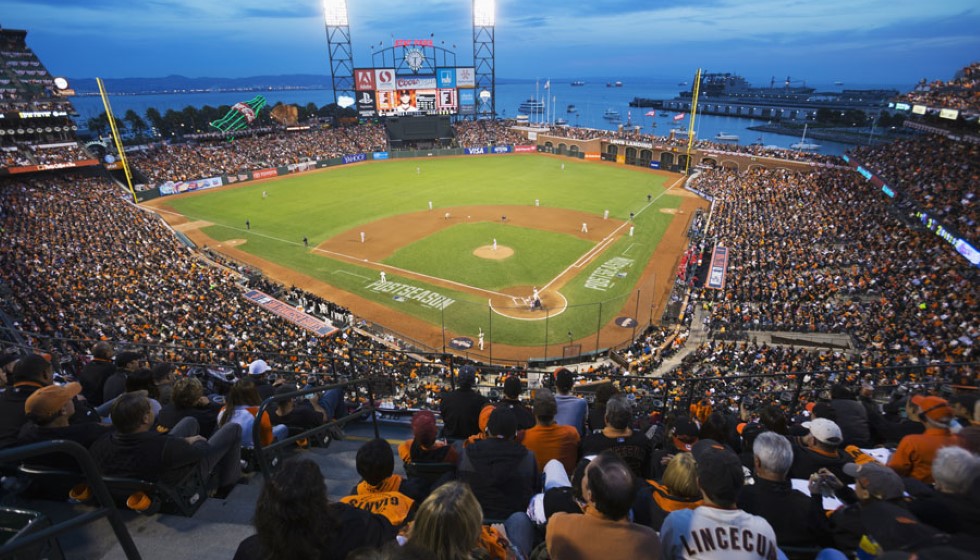
In the realm of Major League Baseball, financial negotiations behind closed doors can carry as much weight as the action under the stadium lights. The relationship between players and teams often gets tested during arbitration season, a crucial period when salary figures are decided for many of the sport's stars. This year's arbitration discussions have, once again, left an indelible mark on the financial landscape of baseball.
The Arbitration Landscape
With the recent deadline for filing salary figures for the 2025 season behind us, teams and players who failed to reach consensus are now preparing for arbitration hearings scheduled later this month. For players with three to six years of service time in Major League Baseball, as well as the "Super Twos"—those who have accrued between two and three years and meet certain conditions—arbitration becomes a key mechanism for determining salaries. This year's cutoff for Super Twos was set at two years and 132 days of service, underscoring the precision with which MLB governs player eligibility for this process.
The arbitration discussions put a spotlight on comparable salaries of players with similar service time, allowing for objective considerations in a largely subjective negotiation. It’s a period that can lead to either satisfaction or disappointment for players expecting to elevate their financial standing based on performance and market standards.
Notable Agreements and Cases
Several key players have reached agreements ahead of the deadline, ensuring they avoid the potentially contentious journey of arbitration hearings. Among them, Vladimir Guerrero Jr. secured a $28.5 million contract with the Toronto Blue Jays, a decision that adds to his cumulative earnings of over $70 million for all his arbitration years. The move highlights the importance of swift and agreeable negotiations to benefit both the team and the player.
In a similar vein, the San Diego Padres successfully negotiated deals with Luis Arraez, agreeing to a figure of $14 million, and Dylan Cease, who settled on $13.75 million. Meanwhile, Garrett Crochet has agreed to a one-year, $3.8 million deal with the Boston Red Sox, showcasing that even lesser-known names can play a pivotal role in shaping team dynamics and payroll structures.
The Unresolved and Record-Setting
However, not all discussions concluded with handshakes. The St. Louis Cardinals and Brendan Donovan failed to come to terms before the deadline, leaving open the possibility of an arbitration hearing. Similarly, Jarren Duran and Michael King are anticipated to present their cases, paving the way for potentially lengthened disputes.
In a standout case, Juan Soto set a historic benchmark with an arbitration agreement of $79.6 million. His record-setting earnings illustrate the extraordinary financial growth potential within the arbitration framework, reflecting both his talent and market value.
The Emotional and Financial Toll
For some players, arbitration represents more than just a financial negotiation; it becomes an emotional exchange. Former Brewers pitcher Corbin Burnes candidly expressed his discontent with the arbitration process, noting how he felt "hurt" by it back in 2023. Such experiences resonate with many players, signaling that while monetary figures dominate discussions, personal sentiments can often linger, impacting the athlete's relationship with their team.
Players who secure contracts before the filing deadline reap the benefits of fully guaranteed contracts, a secure assurance that shields them from the unpredictable outcomes of arbitration rulings. For many, reaching an agreement offers peace of mind and stability as they prepare for the upcoming season.
In summary, the arbitration season in Major League Baseball continually underscores the sport's dual nature—where financial negotiations are as integral and intense as the game itself. As players and teams navigate this complex landscape, each decision reverberates through the league, shaping the fiscal realities of the athletes and the strategic frameworks of the franchises they represent.